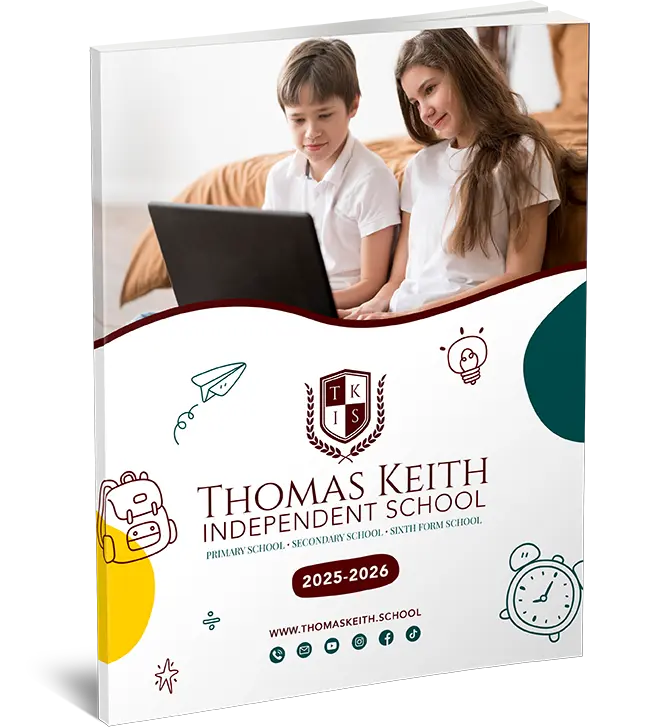
Poetry KS1
Poetry KS1 Is A Challenging Assignment.
Poetry is a great way to show young students the beauty of language. Poetry is not only a fun activity for first-graders, but it’s also a great approach to help them develop critical literacy skills. This article will discuss a variety of topics related to poetry for KS1 (Key Stage 1) children, especially those in Year 1, emphasising its advantages, the kinds of poems that are appropriate for this age range, and providing useful samples and exercises. We will also observe how educational institutions such as Thomas Keith Online Independent School teach poetry to their youngest students.
Poetry’s Advantages for Year 1 Students
Poetry instruction in KS1 has several educational advantages:
Linguistic Development: Children can better grasp linguistic rhythm and rhyme and increase their vocabulary by reading simple poems.
Reading Skills: Poetry helps the children concentrate on phonetics, which helps them become better readers.
Emotional Expression: Children can explore and express their feelings through even simple poetry.
Memorisation of brief poems can enhance cognitive abilities such as focus and memory.
Appreciation of Literature: Poetry exposure from a young age fosters a love of reading and creative writing.
What Makes Poetry Different for KS1 Students to Understand?
Poetry in KS1 and Year 1 needs to be approachable, with straightforward language and structures that a child can comprehend and find entertaining. The emphasis is on:
Simple Language: Words are frequently well-known and simple to say.
Rhyme and Rhythm: A lot of poems from Year 1 make use of child-friendly rhyme schemes and rhythmic patterns.
Repetition: Children find it simpler to recall and memorise lines or phrases when they are repeated.
Playfulness and imagery: Poems are appealing to young readers because they frequently deal with relatable subjects like animals, seasons, and emotions.
Poem Types for First-Year Students
Popular forms of poetry for KS1 and Year 1 include the following:
- Young Children’s Songs. Children love reciting traditional rhymes and lyrics. For instance, “Twinkle, Twinkle, Little Star.”
- Poems in Acrostic. Poems in which the initial letter of every line denotes a term associated with the poem’s subject. As an illustration, consider a poem in which the first line starts with the letter “CAT,” such as “Cuddly and soft, Always purring, Tiny whiskers.”
- Couplets that rhyme. Description: Easy-to-make and enjoyable two-line rhymes. For instance: “The cat sat on the mat, Then ran off to chase a rat.”
- Poems on Shape. Poems in which the subject is represented by a shape formed by the arrangement. For instance, a brief poem about a tree with a tree-like shape.
- Haiku (Simplified Version). Consists of 5-7-5 syllables. These can be made simpler for Year 1. For instance: “Sunshine warms my face, A gentle breeze starts to blow, Flowers start to grow.”
![]()
Advice for Year 1 Students on Teaching Poetry
- Use Visuals and Props. Children learn poems better when they are introducedtoh relevant images or props.
- Promote Involvement. Allows the children to recite the poem aloud or explain what they understand it to imply in their terms.
- Include Movement and Rhythm. Learning poems can be made more enjoyable and remembered by incorporating claps or other actions into the rhythm.
- Read Aloud Together. Reading aloud to the children increases their fluency and confidence.
- Creative Expression. Let the children use acting or artwork to demonstrate how they understand the poem.
Simple Poem Examples for Year 1
“The Little Leaf”
“The tiny leaf dropped to the floor,
Whirling, whirling, silently.
It whirled and danced in the air.
Softly landing here and there.
Using rhyming lines, this poem engages youngsters while introducing them to nature.
“My Favourite Pet”
“I have a little, spherical pet that
It enjoys hopping all over the place.
It enjoys playing and has large eyes.
I take care of it every single day.
For Year 1 children, this straightforward, rhyming poem concentrates on well-known subjects.

Year 1 Practical Poetry Activities
Make a class poem by asking each student to contribute a line on a basic theme, such as “The Rain.” Youngsters can sketch an animal or object and then compose a brief poem about it.
Poetry Journals: This allows the children to write their poetry or even put their favourite poems into a diary.
Poetry-Based Storytelling: After reading a brief poem, encourage the children to use their creativity to create a story around it.
Case Study: The Approach to Poetry at Thomas Keith Online Independent School
For Year 1, Thomas Keith Online Independent School has created a methodical approach to poetry. They concentrate on:
Using Multimedia: To keep the children interested, the poetry is accompanied by audio and video materials.
Themed Poetry Sessions: These sessions help students make connections between themes from other areas by focusing on subjects like nature, animals, or seasons.
Interactive Activities: Every poem has accompanying exercises, such as acting, painting, and talking about the emotions it evokes.
Recitation is a useful tool for teachers to assess students’ reading fluency and memory retention.
![]()
Questions and Answers (FAQs)
Q1: How frequently should first-year students read poetry?
A brief poetry session once or twice a week works well because it gives the children time to comprehend and appreciate each piece.
Q2: What qualities should parents search for in poetry resources for Year 1?
A: Seek out poetry with age-appropriate content, straightforward language, captivating subjects, and distinct rhythmic patterns.
Q3: How can I inspire my child to compose poetry of their own?
A: Begin with easy activities like rhyming couplets or acrostics. Urge children to write about their favourite things or what they see in their surroundings.
Q4: What makes rhythm crucial in poetry from Year 1?
A: Children benefit from rhythm because it helps them anticipate linguistic patterns, which improves reading fluency and helps them remember poems.
Q5: What is poetry in KS1?
A: Poetry in KS1 is about using rhyme, rhythm, and imagination to express ideas and feelings in creative ways.
Q6: What types of poems do KS1 students learn?
A: Simple rhyming poems, acrostic poems, shape poems, and poems with repetitive patterns.
Q7: How can I help my child enjoy poetry?
A: Read poems aloud together, discuss the pictures, and encourage them to make up their rhymes.
Q8: What skills do KS1 students develop through poetry?
A: They develop language skills, creativity, and an understanding of rhythm and rhyme.
Q9: What should a KS1 student be able to do with poetry?
A: They should be able to listen to, recite, and create simple poems using rhyming words and patterns.
Q10: How can I encourage my child to write poetry?
A: Suggest simple themes, like animals or nature, and let them experiment with rhymes and sounds.
Q11: What makes a good KS1 poem?
A: A good KS1 poem is fun, easy to understand, and may use rhymes or patterns to make it catchy.
Q12: What is an acrostic poem?
A: An acrostic poem is a poem where the first letter of each line spells out a word.
Q13: How can I help my child write an acrostic poem?
A: Choose a simple word, like “cat,” and help your child write lines starting with each letter of the word.
Q14: Why is poetry important for KS1 students?
A: Poetry helps students develop a love for language, improve listening and speaking skills, and express emotions creatively.
In conclusion
For year 1 poetry is a powerful tool for fostering a love of language and developing literacy. Children learn to enjoy the delight of language through straightforward, captivating, and rhythmic poetry. Poetry may be included iinearly education in creative ways at schools like Thomas Keith Online Independent School, giving young students a worthwhile and unforgettable experience.







